EXTRAPOLATION, INTERPOLATION,
AND SMOOTHING OF
STATIONARY TIME SERIES
�
Technology Press Books
PRINCIPLES OF ELECTRICAL ENGINEERING SERIES
By Members of the Staff of the
Department of Electrical Engineering
Massachusetts Institute of Technology
ELECTRIC CIRCUITS
A First Course in Circuit Analysis for Electrical Engineers
MAGNETIC CIRCUITS AND TRANSFORMERS
A First Course for Power and Communication Engineers
APPLIED ELECTRONICS
A First Course in Electronics, Electron Tubes, and Associated Circuits
THE MATHEMATICS OF CIRCUIT ANALYSIS
Extensions to the Mathematical Training of Electrical Engineers
By E. A. Guillemin
SCIENT1FIC SOCIETIES IN THE UNITED STATES
By R. S. Bates
Q. E. D., M.I. T. in World War II
By John Burchard
WAVELENGTH TABLES
Measured and compiled under the direction of
George R. Harrison
THE MOVEMENT OF FACTORY WORKERS
By C. A. Myers and W. R. Maclaurin
INDEX FOSSILS OF NORTH AMERICA
By H. W. Shimer and R. R. Shrock
CYBERNETICS
or Control and Communication in the Animal and the Machine
By Norbert Wiener
EXTRAPOLATION, INTERPOLATION, AND SMOOTHING OF STATIONARY TIME SERIES
with Engineering Applications
By Norbert Wiener
�
EXTRAPOLATION,
INTERPOLATION,
AND SMOOTHING OF
STATIONARY
TIME SERIES
With Engineering ApplicCltions
by Norbert Wiener
PROfESSOR Of MATHEMATICS
MASSACHUSETTS
INSTITUTE Of TECHNOLOGY
Published jOintly by
THE TECHNOLOGY PRESS OF
THE MASSACHUSETTS INSTITUTE OF TECHNOLOGY
end
JOHN WILEY & SONS, INC., NEW YORK
CHAPMAN & HALL, LIMITED, LONDON
�
PREFACE
Largely because of the impetus gained during World War II, com
munication and control engineering have reached a very high level
of development today. Many perhaps do not realize that the present
age is ready for a significant turn in the development toward far greater
heights than we have ever anticipated. The point of departure may
well be the recasting and unifying of the theories of control and com
munication in the machine and in the animal on a statistical basis.
The philosophy of this subject is contained in my book entitled
Cybernetics. * The present monograph represents one phase of the new
theory pertaining to the methods and techniques in the design of com
munica tion systems; it was first published during the war as a classified
report to Section D 2, National Defense Research Committee, and is
now released for general use.
In order to supplement the present text
by less complete but simpler engineering methods two notes by
Professor Norman Levinson, in which he develops some of the main
ideas in a simpler mathematical form, have been added as Appendixes
Band C. This material, which first appeared in the Journal of M athe
matics and Physics, is reprinted by permission.
In the main, the mathematical developments here presented are new.
However, they are along the lines suggested by A. KoImogoroff
(Interpolation und Extrapolation von stationaren zufalligen Folgen,
Bulletin de l'academie des sciences de U.R.S.S., Ser. Math. 5, pp. 3-14,
1941; cf. also P. A. Kosulajeff, Sur les problemes d'interpolation et
d'extrapolation des suites stationnaires, Comptes rendus de l'academie
des sciences de U.R.S.S., Vol. 30, pp. 13-17, 1941.) An earlier note of
Kolmogoroff appears in the Paris Comptes rendus for 1939.
To the several colleagues who have helped me by their criticism, and
in particular to President Karl T. Compton, Professor H. M. James,
Dr. Warren Weaver, Mr. Julian H. Bigelow, and Professor Norman
Levinson, I wish to express my gratitude.
Norbert Wiener
Cambridge, MassachuseHs
March,1949
... Published by John Wiley & Sons, Inc., New York.
v
�
INTRODUCTION
CONTENTS
The Purpose of This Book.
0.1
0.2 Time Series
0.3 Co'mmumcation Engine,ering
0.4 Techniques of Time Series and Communication Engineering Con-
.
trasted
.
0.41 The Ensemble
0.42 Correlation
.
0.43 The Periodogram
0.44 Operational Calcullls
0.45 The Fourier Integral; Need of the Complex Plane.
0.5 Time Series and Communication Engineering-The Synthesis
0.51 Prediction.
0.52 Filtering .
0.53 Policy Problems .
0.6
0.61 Past and Future.
0.62 Subclasses of Operators.
0.7 Norms and Minimization
0.71 The Calculus of Variations.
0.8 Ergodic Theory .
0.81 Brownian Motion
0.9
Permissible Operators: Translation Group in Time.
Summary of Chapters
.
1
1
2
3
4
4
6
7
8
8
9
9
10
11
12
12
13
14
15
20
21
Chapter I RESUME OF FUNDAMENTAL MATHEMATICAL NOTIONS
25
1.00 Fourier Series
1.01 Orthogonal Functions
1.02 The Fourier Integral
1.03 Laguerre Functions .
1.04 More on the Fourier Integral; Realizability of Filters .
1.1 Generalized Harmonic Analysis
1.18 Discrete Arrays and Their Spectra
1.2 Multiple Harmonic Analysis and Coherency Matrices
1.3
1.4 Ergodic Theory .
1.5 Brownian Motion
1.6
1.1 Harmonic AnalysiS in the Complex Domain .
Poisson Distributions
Smoothing Problems
Chapter II THE LINEAR PREDICTOR FOR A SINGLE TIME SERIES
2.01 Formulation of the Problem of the Linear Predictor
2.02 The Minimization Problem.
2.03 The Factorization Problem.
vii
25
31
34
35
36
37
43
44
45
46
41
51
52
56
56
57
60
�
viii
CONTENTS
2.04 The Predictor Formula .
2.1
Examples of Prediction.
2.2 A Limiting Example of Prediction
2.3 The Prediction of Functions Whose Derivatives Possess Auto-correla-
tion Coefficients .
.
Spectrum Lines and Non-absolutely Continuous Spectra
Prediction by the Linear Combination of Given Operators
2.4
2.5
2.6 The Linear Predictor for a Discrete Time Series
Chapter III THE LINEAR FILTER FOR A SINGLE TIME SERIES
Prediction and Filtering
Filters and Ergodic Theory
Formulation of the General Filter Problem
3.0
3.1 Minimization Problem for Filters .
3.2 The Factorization of the Spectrum
3.3
3.4 The Error of Performance of a Filter; Long-lag Filters
3.5
3.6 Computation of Specific Filter Characteristics
3.7 Lagging Filters
3.8 The Determination of Lag and Number of Meshes in a Filter.
3.9 Detecting Filters for High Noise Level
3.91 Filters for Pulses.
3.92 Filters Having Characteristics Linearly Dependent on Given Charac-
.
.
.
teristics
.
3.93 Computation of Filter: Resume
.
64
65
68
71
74
76
78
81
81
82
84
86
88
90
91
92
94
95
95
97
101
Chapter IV THE LINEAR PREDICTOR AND FILTER FOR MULTIPLE TIME 104
SERIES
Symbolism and Definitions for Multiple Time Series
4.0
4.1 Minimization Problem for Multiple Time Series.
4.2 Method of Undetermined Coefficients.
4.3 Multiple Prediction .
4.4
4.5 A Discrete Case of Prediction .
4.6 General Technique of Discrete Prediction
Special Cases of Prediction.
104
105
106
109
110
111
112
Chapter V MISCELLANEOUS PROBLEMS ENCOMPASSED BY THE 117
TECHNIQUE OF THIS BOOK
5.0 The Problem of Approximate Differentiation
5.1 An Example of Approximate Differentiation.
.
5.2 A Misleading Example of Approximate Differentiation.
5.3
Interpolation and Extrapolation
.
Appendix A TABLE OF THE LAGUERRE FUNCTIONS
117
119
120
121
124
Appendix B . THE WIENER RMS (ROOT MEAN SQUARE) ERROR CRITE- 129
RION IN FILTER DESIGN AND PREDICTION (by Norman
Levinson)
•
.
1.
2.
Linear Filters.
Minimization of RMS Error
.
130
131
�
CONTENTS
3.
4.
5.
6.
Determination of the Weighting Function
Realization of Operator-Mathematical Formulation
RC Filter.
Prediction ahd Lag with and without Noise.
. . . . .
. . .
ix
136
139
143
146
Appendix C A HEURISTIC EXPOSITION OF WIENER'S MATHEMATICAL 149
THEORY OF PREDICTION AND FILTERING (by Norman
Levinson)
l.
2.
3.
4.
5.
6.
The Auto-correlation Function.
The Integral Equation .
The Modified Integral Equation
The Factorization Problem
The Functions "'1, "'2, and ex
The Prediction Operator
150
152
153
155
157
158
�
INTRODUCTION
0.1 The Purpose of This Book
This book represents an attempt to unite the theory and practice of
two fields of work which are of vital importance in the present emer
gency, and which have a complete natural methodological unity, but
which have up to the present drawn their inspiration from two entirely
distinct traditions, and which are widely different in their vocabulary
and the training of their personnel. These two fields are those of time
series in statistics and of communication engineering.
0.2 Time Series
Time series are sequences, discrete or continuous, of quantitative
data assigned to specific moments in time and studied with respect to
the statistics of their distribution in time. They may be simple, in which
case they consist of a single numerically given observation at each
moment of the discrete or continuous base sequence; Or multiple, in
which case they consist of a number of separate quantities tabulated
according to a time common to all. The closing price of wheat at Chicago,
tabulated by days, is a simple time series. The closing prices of all
grains constitute a multiple time series.
The fields of statistical practice in which time series arise divide
themselves rougbly into two categories: the statistics of economic,
sociologic, and short-time biological data, on the one hand; and the
statistics of astronomical, meteorological, geophysical, and physical
data, on the other. In the first category our time series are relatively
short under anything like comparable basic conditions. These short runs
forbid the drawing of conclusions involving the variable or variables at
a distant future time to any high degree of precision. The whole emphasis
is on the drawing of some sort of conclusion with a reasonable expecta
tion that it be significant and accurate within a very liberal error. On
the other hand, since the quantities measured are often subject to
human control, questions of policy and of the effect of a change of policy
on the statistical character of the time series assume much importance.
In the second category of time series, typified by series of meteoro
logical data, long runs of accurate data taken under substantially uniform
external conditions are the rule rather than the exception. Accordingly
1
�
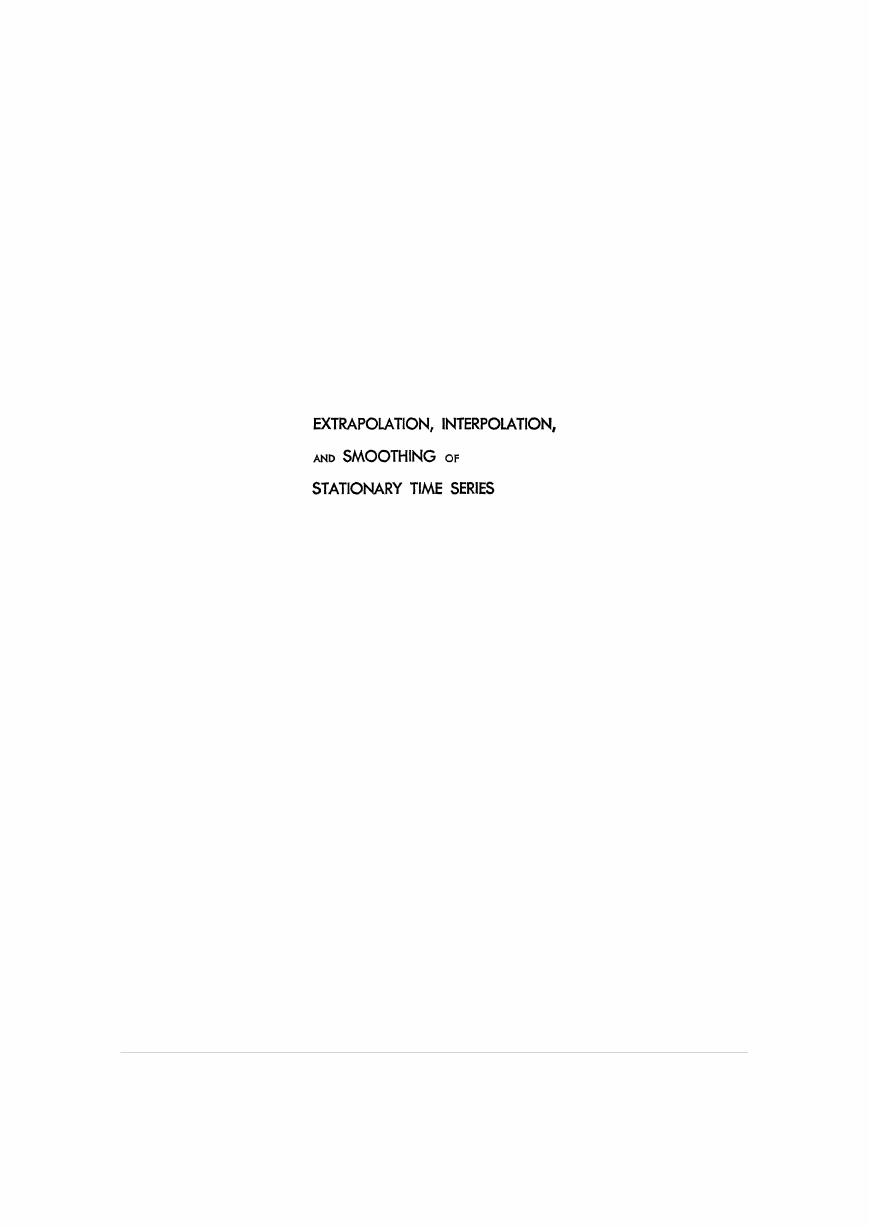
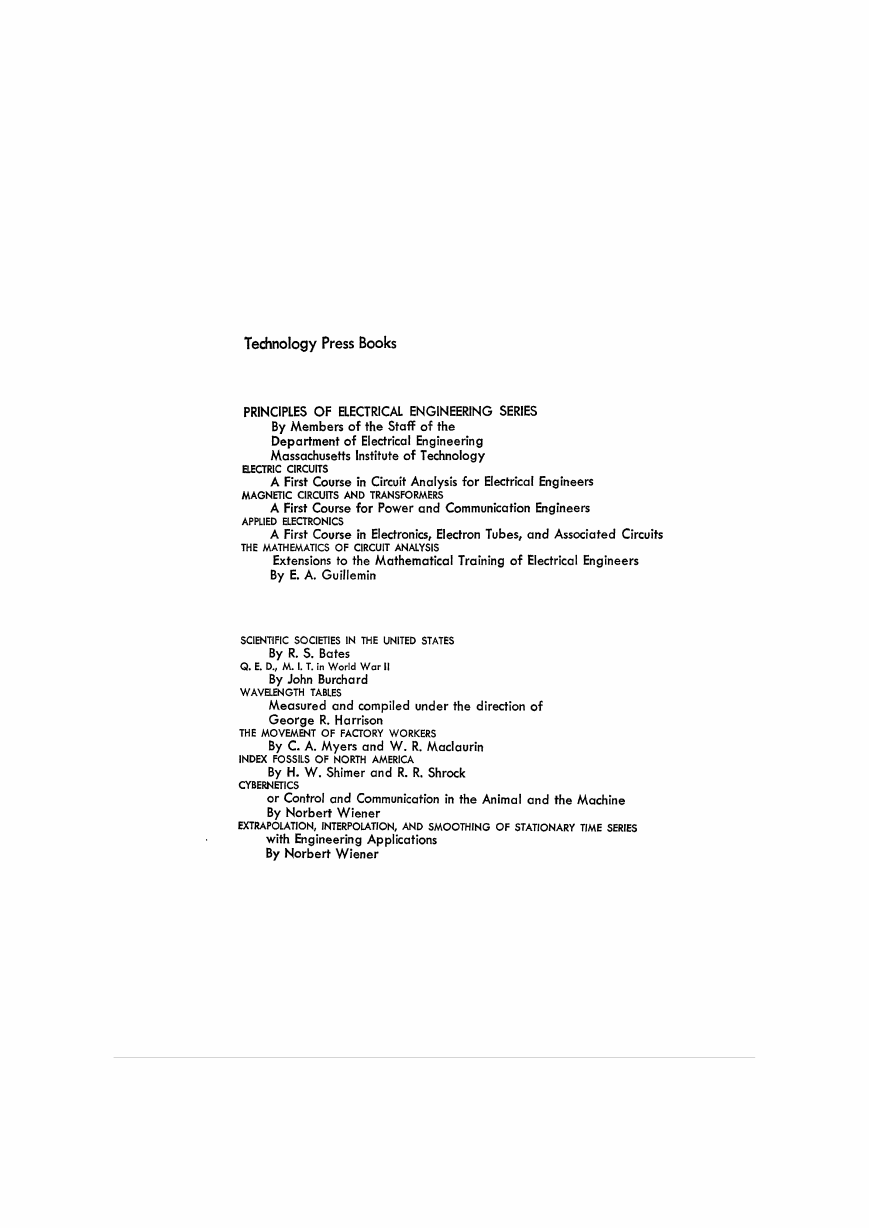
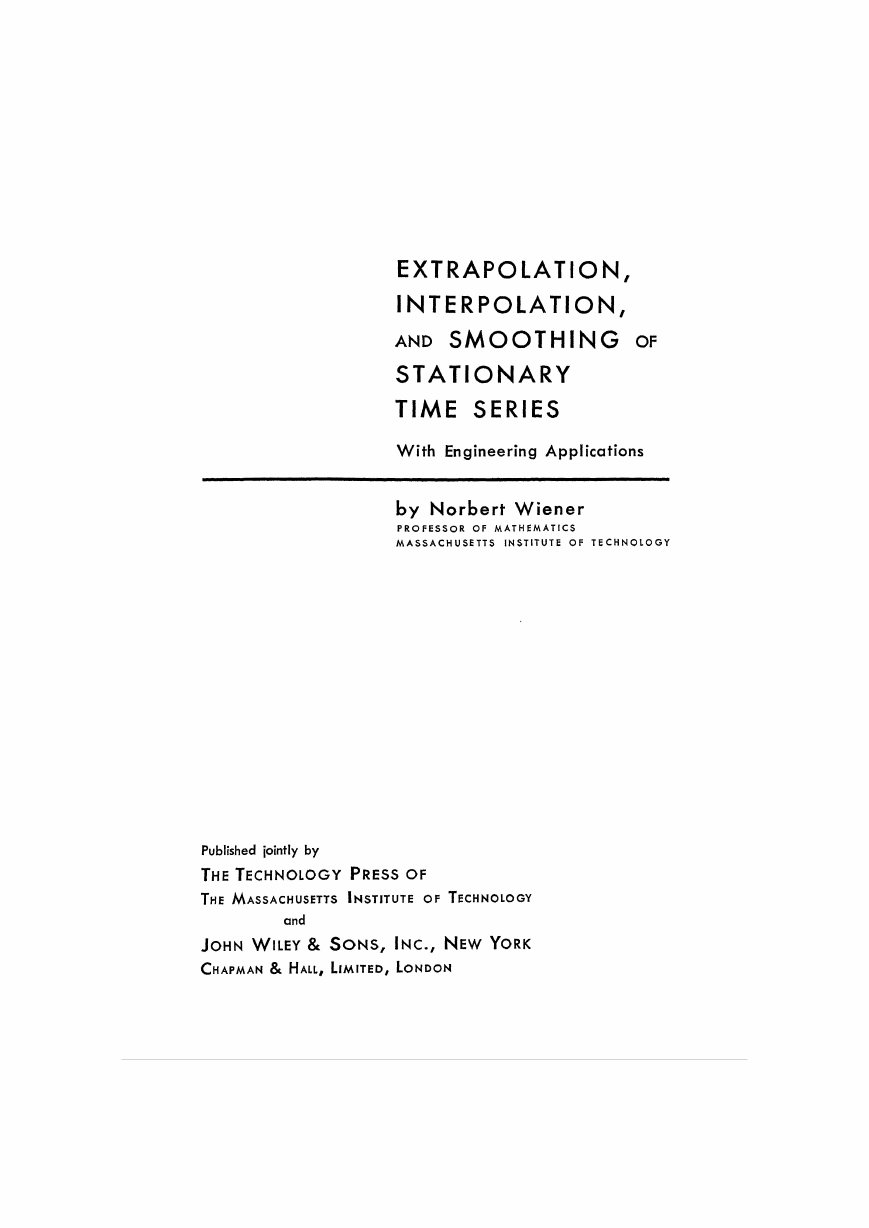
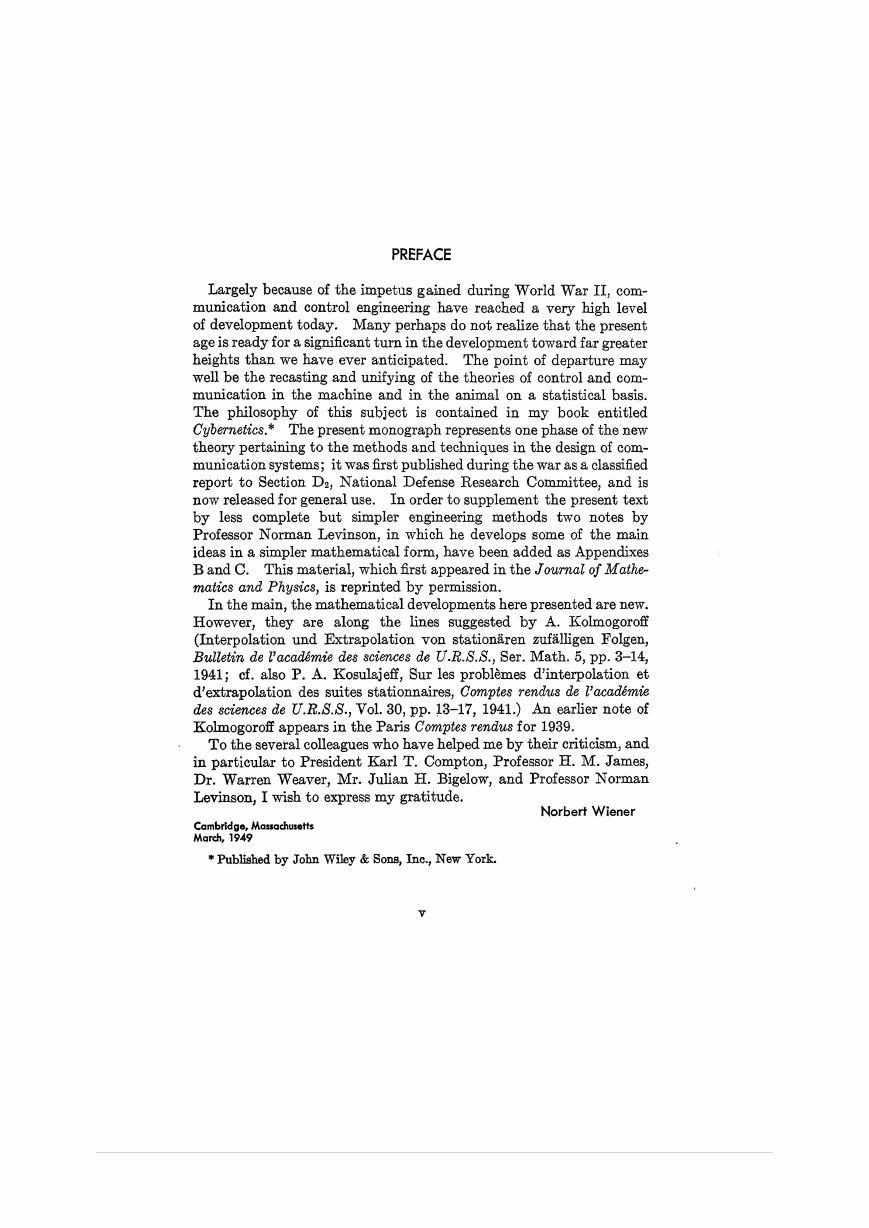
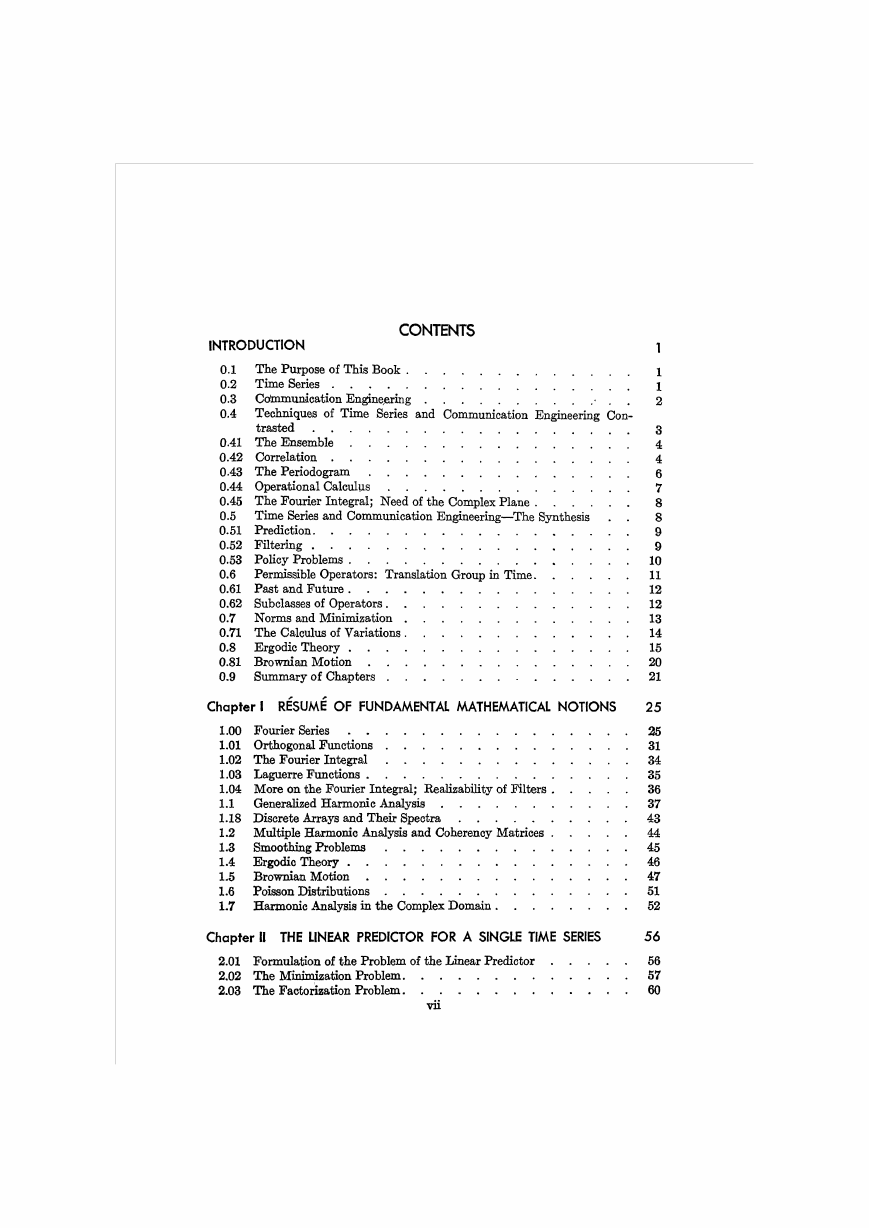
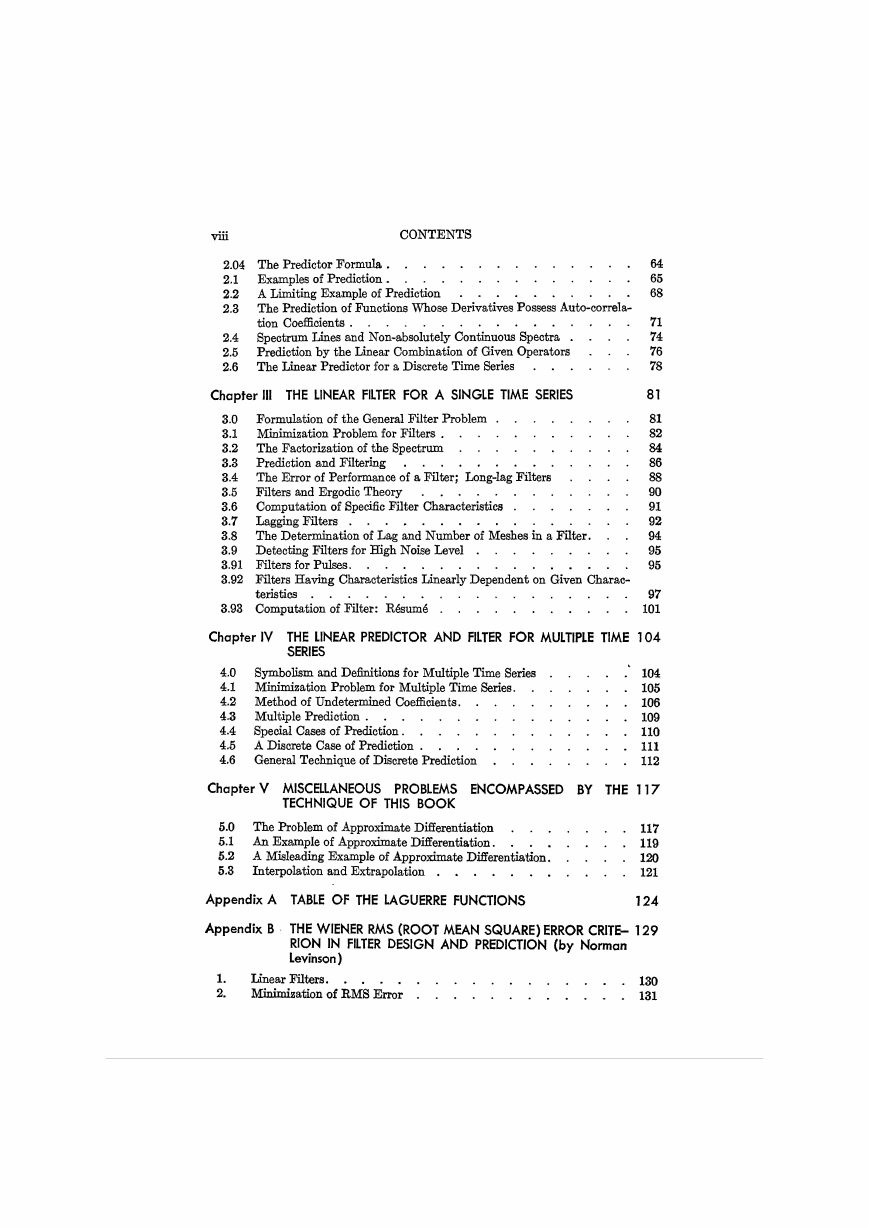
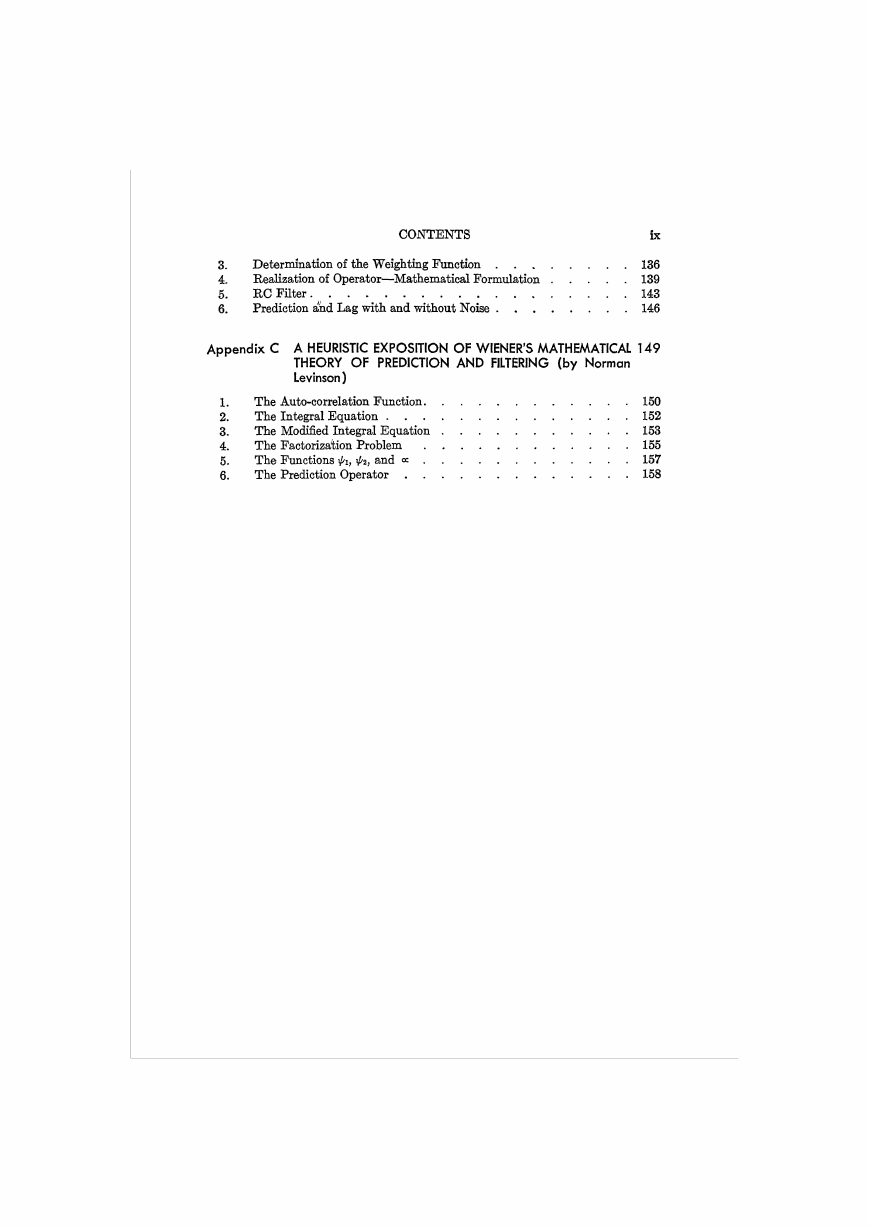
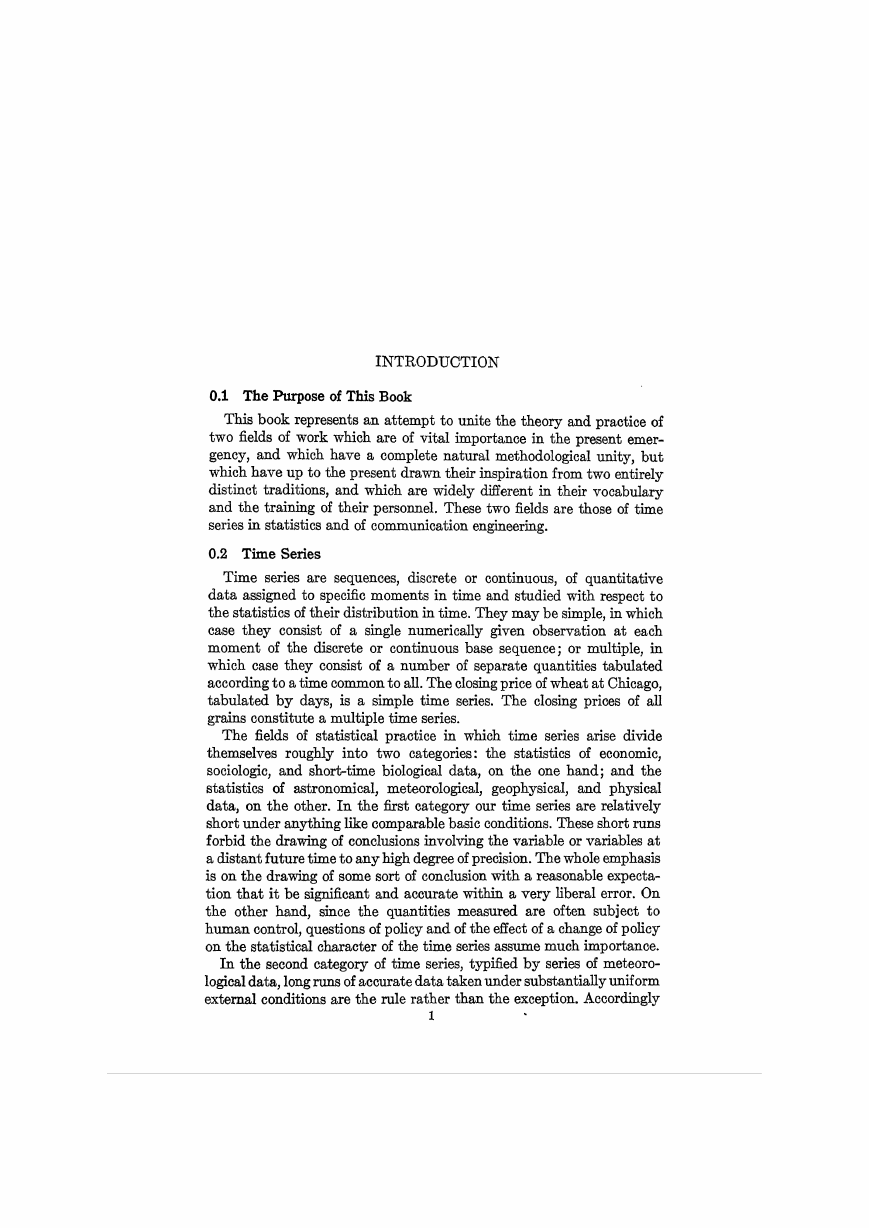








 2023年江西萍乡中考道德与法治真题及答案.doc
2023年江西萍乡中考道德与法治真题及答案.doc 2012年重庆南川中考生物真题及答案.doc
2012年重庆南川中考生物真题及答案.doc 2013年江西师范大学地理学综合及文艺理论基础考研真题.doc
2013年江西师范大学地理学综合及文艺理论基础考研真题.doc 2020年四川甘孜小升初语文真题及答案I卷.doc
2020年四川甘孜小升初语文真题及答案I卷.doc 2020年注册岩土工程师专业基础考试真题及答案.doc
2020年注册岩土工程师专业基础考试真题及答案.doc 2023-2024学年福建省厦门市九年级上学期数学月考试题及答案.doc
2023-2024学年福建省厦门市九年级上学期数学月考试题及答案.doc 2021-2022学年辽宁省沈阳市大东区九年级上学期语文期末试题及答案.doc
2021-2022学年辽宁省沈阳市大东区九年级上学期语文期末试题及答案.doc 2022-2023学年北京东城区初三第一学期物理期末试卷及答案.doc
2022-2023学年北京东城区初三第一学期物理期末试卷及答案.doc 2018上半年江西教师资格初中地理学科知识与教学能力真题及答案.doc
2018上半年江西教师资格初中地理学科知识与教学能力真题及答案.doc 2012年河北国家公务员申论考试真题及答案-省级.doc
2012年河北国家公务员申论考试真题及答案-省级.doc 2020-2021学年江苏省扬州市江都区邵樊片九年级上学期数学第一次质量检测试题及答案.doc
2020-2021学年江苏省扬州市江都区邵樊片九年级上学期数学第一次质量检测试题及答案.doc 2022下半年黑龙江教师资格证中学综合素质真题及答案.doc
2022下半年黑龙江教师资格证中学综合素质真题及答案.doc